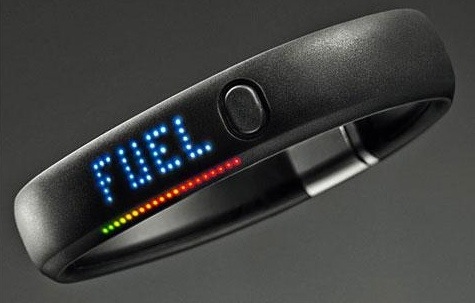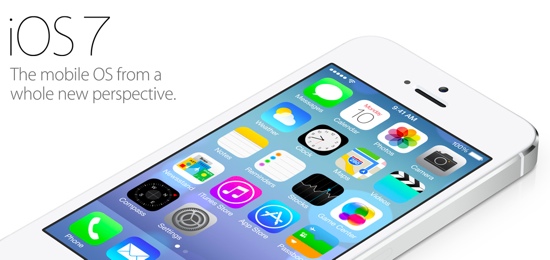
William Kremer’s Why did men stop wearing high heels? is a fascinating look at history, gender inequality, and the peculiarities of seeking status. This part stuck with me:
In the muddy, rutted streets of 17th Century Europe, these new shoes had no utility value whatsoever — but that was the point.
“One of the best ways that status can be conveyed is through impracticality,” says [Elizabeth Semmelhack of the Bata Shoe Museum in Toronto], adding that the upper classes have always used impractical, uncomfortable and luxurious clothing to announce their privileged status.
“They aren’t in the fields working and they don’t have to walk far.”
So, people wore high heals because impractical clothes showed off one’s status. This seems very similar to how expensive sports cars are viewed in our current society. They’re highly impractical if you want to take anything with you where you’re going (or if you have kids), but having one certainly shows that you have a lot of money.
This got me thinking about technology products and their link to status. I remember that before the iPhone came out, during meetings people used to leave their cell phones in their pockets (well, on their belt clips…). Then, once the iPhone came along, pulling out your phone and placing it face up on the table became a status symbol. Suddenly the phone wasn’t meant to be hidden, but meant to be shown off. The iPhone is designed to be seen.
Companies like Nike tap into this sense of status by making the Fuelband extremely wearable. It’s not something you hide away, like the Fitbit. It’s something that’s meant to be shown off. From Dan Hon’s excellent article Fitness by design:
A few hours up the US west coast though, lies a company built upon not just sport performance, but also personal expression, fashion and style. Nike’s FuelBand is worn around your wrist. It looks and feels better, with its black rubber and distinctive pinpricked colour display inviting discussion. […] Though it is a silent device that constantly logs your activity, it is not out of sight — it is permanently visible, a wearable statement. You’re not given the choice of hiding it.
Of course, most technology products are very different from high heels in that they’re actually useful. So I guess some things have changed since the 1600s. Where impracticality used to be a sign of status, with technology we now associate that status with good design — a mix of utility, usability, and aesthetics.



